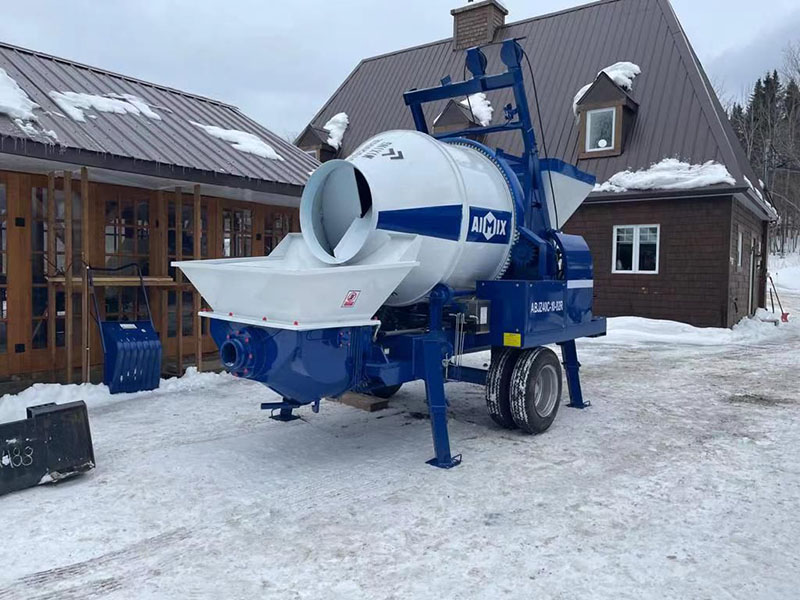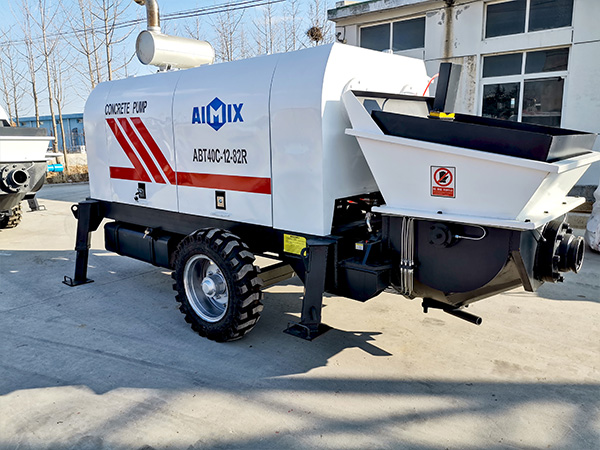The demand for concrete pumps has increased steadily in recent years, due to the rise of construction projects that require large amounts of concrete. However, the price of concrete pumps has remained relatively stable, despite the increased demand. This is because the cost of manufacturing concrete pumps has not changed significantly, and competition among manufacturers has kept prices from rising. As a result, you can expect to pay between $2000 and $20,000 for a concrete pump, depending on the features and functions of the pump you choose.

Types of concrete pumps
There are two main types of concrete pumps(precio bomba de concreto): boom pumps and line pumps. The prices of the pumps vary depending on the type of pump you choose.
1. Boom pumps – Boom pumps are truck-mounted concrete pumps that have a multi-section folding boom. The boom is telescopic and can reach a high altitude over the forms where concrete is being placed. Usually, boom pumps have a horizontal reach of about 61 meters (200 feet) and a vertical reach of up to 18 meters (59 feet). These are more expensive than line pumps and you will mostly see them in huge construction sites where tons of concrete are required every day.
2. Line pumps – Line pumps are used to pump concrete(bombeo concreto premezclado) along a line, rather than up and over an obstacle. They are often used to pump concrete into patios, walkways, and other horizontal surfaces. You can also use them to pump concrete into vertical surfaces, such as walls and columns. They are usually powered by gasoline or diesel engines, and use a hydraulic system to operate the pump. The pump itself is mounted on a trailer, making it easy to move from one construction site to another.

Main components of a concrete pump
1. Piston – A piston is responsible for moving the concrete through the pump. It remains attached to a rod that goes through the center of the pump. The concrete is loaded into the pump at the bottom of the piston and as the piston moves up, the concrete is pushed through the center of the pump and out through the hose. The hose then delivers the concrete to where it is needed.
2. Valve manifold – The valve manifold regulates the flow of the fluid in the pump. Its main function is to ensure that concrete is delivered at a consistent rate and pressure. The valve also prevents concrete from backflowing into the pump.
3. Throttle control – The pump of AIMIX Group Co., Ltd also has a throttle control that regulates the flow of concrete and prevents the concrete from flowing too fast and causing pressure build-up in the pipes. It allows the operator to control the flow of concrete so that it can be placed where it is needed.
4. Cycling circuit – The cycling circuit consists of a series of valves and pipes that circulate the concrete and water mixture through the pump. By regulating the flow of concrete and water, the cycling circuit helps to maintain a consistent temperature and prevent the pump from overworking.
Concrete pumps are a valuable piece of construction equipment that can save time and money on many projects. They are especially useful when pouring concrete in difficult or dangerous locations. Buying one can be helpful for your construction business.
Check my site: https://aimixgrupo.com/bomba-de-concreto-estacionaria/